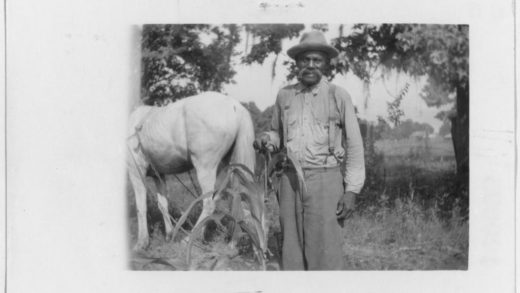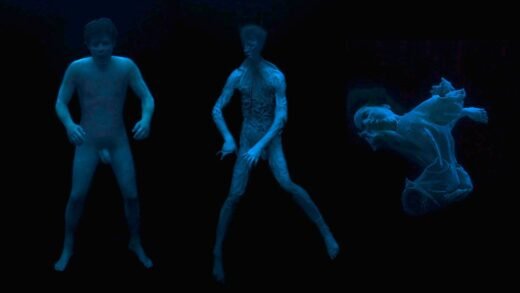of the evolutionary features that we take to be expressly advantageous and therefore “intended” for flight, some of them would be shared by dinosaurs. Indeed, scientists have observed this in examining the fossils of the latter.
But if dinosaurs share many of these features, flight ends up being a new variation and not a telos. In other words, it wasn’t that nature changed so that it could lead to flight as an end that it sought, but that flight was an accident—a happy accident, admittedly—of a series of coincidences of features.
For any who understand the full implications of evolution, there is no surprise here.
Yet if you stop to contemplate avian biology and admire its many adaptations so propitious for flight, it seems almost impossible not to think that this lung structure, these pneumatized bones, these features, were meant to make flight possible.
They were not. Nature makes no mistakes because it knows no ends.
By ends I mean goals or purposes. Nature knows many ends, as limits or stopping points, in all of the species that are simply unadvantageous to life.
A corrective to the implacable prejudice towards teleological explanations.

This I learnt from the last pages of Mark A. Norell’s The World of Dinosaurs (University of Chicago Press, 2019), 224ff.




